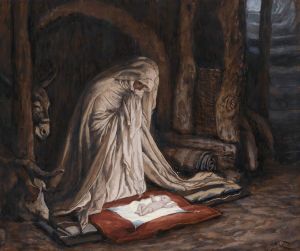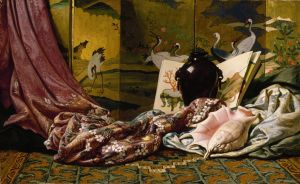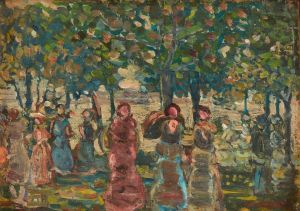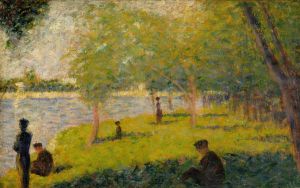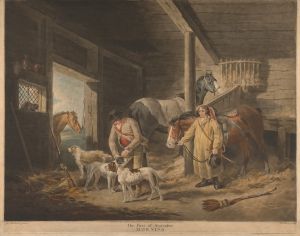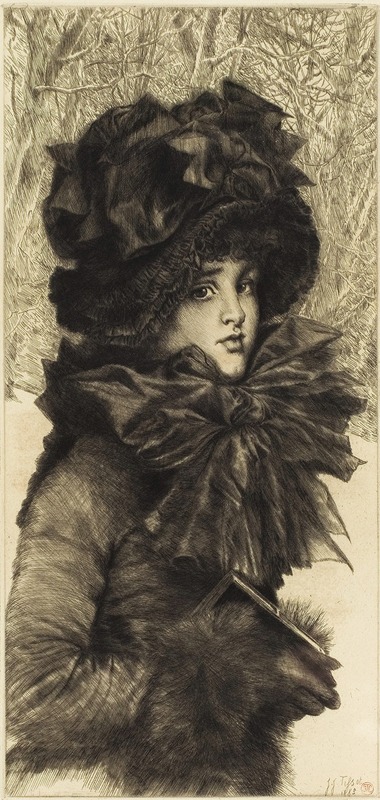
Sunday Morning
A hand-painted replica of James Tissot’s masterpiece Sunday Morning, meticulously crafted by professional artists to capture the true essence of the original. Each piece is created with museum-quality canvas and rare mineral pigments, carefully painted by experienced artists with delicate brushstrokes and rich, layered colors to perfectly recreate the texture of the original artwork. Unlike machine-printed reproductions, this hand-painted version brings the painting to life, infused with the artist’s emotions and skill in every stroke. Whether for personal collection or home decoration, it instantly elevates the artistic atmosphere of any space.
"Sunday Morning" is an oil painting by the French artist James Tissot, created in 1878. Tissot, known for his detailed and elegant depictions of 19th-century society, produced this work during his time in London, where he lived from 1871 to 1882. The painting reflects Tissot's characteristic style, combining meticulous attention to detail with a narrative quality that captures the social customs and fashions of the Victorian era.
The artwork portrays a serene Sunday morning scene, featuring a group of well-dressed individuals in a tranquil outdoor setting. The figures are depicted in fashionable attire of the late 19th century, emphasizing Tissot's interest in contemporary clothing and his ability to render textures and patterns with precision. The composition suggests a moment of leisure and refinement, consistent with the artist's focus on the lives of the upper-middle class.
Tissot's works often explore themes of modern life, and "Sunday Morning" is no exception. The painting reflects the societal norms and leisurely pursuits of the time, offering a glimpse into the lifestyle of the privileged classes in Victorian England. The setting, likely a park or garden, is rendered with lush greenery and soft lighting, creating a peaceful and idyllic atmosphere.
James Tissot's career was marked by his ability to blend realism with a sense of storytelling, and "Sunday Morning" exemplifies this approach. The painting demonstrates his technical skill and his keen observation of the social dynamics of his era. Today, Tissot's works, including "Sunday Morning," are celebrated for their historical and cultural significance, providing valuable insights into the fashion, manners, and daily life of the 19th century.
The current location of "Sunday Morning" is not widely documented, and it is unclear whether the painting is part of a public or private collection.










